Are you eating enough to support your metabolism? Your resting metabolic rate (RMR) is the minimum number of calories your body needs to maintain basic physiological functions at rest. Eating below your RMR can have major consequences on your health, including weight gain, fatigue, and trouble concentrating. Read on to learn more about how eating below your RMR can impact your health and what you can do to make sure you’re getting enough calories for optimal health.
What is the resting metabolic rate (RMR)?
Our resting metabolic rate (RMR), sometimes called basal metabolic rate (BMR), is the measure of energy our bodies need to function correctly at rest (see FAQs for the difference between RMR and BMR). Specifically, it measures the number of calories burned daily to support essential body functions such as breathing and digesting food. RMR can account for 60-75% of our total daily energy expenditure, which is why it is vital in determining our body composition and weight management. Knowing one’s RMR allows individuals to accurately calculate their personal energy needs, so they can make informed decisions about their diet and activity levels to achieve healthier outcomes.
Furthermore, studies have shown that measuring RMR through indirect calorimetry or BMR calculators can be a valuable tool in measuring both our lean muscle and fat mass. Knowing how much energy your body requires, you can make dietary adjustments by eating fewer calories than your RMR or increasing physical activity while maintaining a healthy balance between energy intake and basal energy expenditure.
How do you calculate your RMR?
Calculating your Resting Metabolic Rate (RMR) is an essential step in understanding the metabolic demands of your body. The most accurate method for measuring RMR is through a metabolic analyzer, which captures oxygen consumption and considers factors such as age, body composition, and physical activity level. This method is the gold standard for calculating RMR due to its accuracy compared to self-reported equations, such as the Harris-Benedict Equation. Knowing one’s RMR can help individuals understand how many calories they need to maintain their current weight or lose fat without compromising lean muscle mass. Additionally, it also factors into building more muscle mass and calculating daily energy expenditure and calorie needs due to physical jobs or exercises that may lead to higher BMRS with metabolic adaptation.
What are the consequences of eating below your RMR for an extended period of time?
Eating below your Resting Metabolic Rate (RMR) for an extended period can lead to severe consequences, such as weakening the body and putting it at risk of malnutrition and other health problems due to a lack of energy and nutrients. When energy intake decreases, the body must find ways to compensate, such as slowing down metabolic processes, burning fewer calories, and breaking down muscle tissue, decreasing strength and metabolism. Additionally, decreased muscle mass combined with reduced caloric intake leads to lower physical activity levels and, consequently, a decrease in Total Daily Energy Expenditure (TDEE). Knowing your RMR will allow you to adjust your calorie intake accordingly to gain muscle or maintain your current weight while avoiding health risks associated with eating patterns that result in lower BMRs than normal.
How can you avoid these consequences by eating at or above your RMR level each day?
Eating the right amount of food at or above your RMR level each day can help you avoid a number of consequences. When you consume fewer calories than you burn off through your daily activities and exercise, it can cause fatigue, muscle loss, and weight gain. Your body cannot function well when it does not receive enough energy to keep its systems running. Additionally, eating below your RMR can cause deficiencies in essential vitamins and minerals which may put your health at risk if left unchecked. Eating an appropriate number of calories for your activity level will provide you with enough nutrition to stay healthy and energized and maintain an ideal body weight.
What foods will help you reach your RMR goals each day?
Eating enough calories to reach your daily RMR (Resting Metabolic Rate) goals can make a big difference to help you maintain life and build lean body mass. Protein-rich foods, like lean meats and legumes, are great for curbing cravings and increasing the thermic effect of food. Eating mineral-rich foods, such as avocados and spinach, can provide key minerals like iron, zinc, and magnesium to help you gain muscle and build more muscle mass. Adding in these types of foods is key when it comes to reaching your RMR goals each day.
Tips for Improving Resting Metabolic Rate
- Exercise Regularly: Regular physical activity helps boost your metabolism and burn more calories throughout the day. Aim for 30 minutes of moderate-intensity exercise five days a week or 20 minutes of high-intensity interval training three days a week.
- Eat Protein: Eating protein helps build muscle mass, which increases your metabolic rate since muscle requires more energy to maintain than fat does. Aim for 0.8-1 gram of protein per kilogram of bodyweight each day and include lean proteins such as eggs, chicken breast, fish, legumes and tofu in your diet.
- Get Enough Sleep: Getting enough sleep helps regulate hormones that control hunger and appetite, so make sure you get 7-9 hours of sleep each night to keep your metabolism running smoothly.
- Drink Green Tea: Green tea contains caffeine and catechins which have been shown to increase metabolism and fat burning by up to 4%. Try drinking 1-2 cups of green tea per day for optimal results!
- Stay Hydrated: Staying hydrated helps keep your metabolism running efficiently so make sure you drink plenty of water throughout the day!
- Avoid Crash Diets: Crash diets may help you lose weight quickly but they also slow down your metabolism in the long run so it’s best to avoid them if possible!
RMR is the number of calories your body burns at rest and is a predictor of weight loss. You need to eat at or slightly above your RMR daily to lose weight. If you consistently eat below your RMR, you will experience consequences such as fatigue, muscle loss, and difficulty concentrating. You can avoid these consequences by eating foods high in protein and fiber and drinking plenty of water each day. Call us today to have your RMR tested so we can help you reach your weight loss goals!
FAQs
What is TEF? The thermic effect of food (TEF) is the amount of energy your body expends during the digestion, absorption, and metabolism of the food you eat. It is an important factor to consider when developing a diet plan to reach your health and weight loss goals, as it has been shown that eating foods that increase TEF can help boost calorie burning and reduce fat storage. Eating high-quality proteins such as lean meats, legumes and nuts have been found to have a higher TEF than carbohydrates or fats, meaning they will require more calories for your body to process them.
Is it RMR or BMR? Resting metabolic rate (RMR) and basal metabolic rate (BMR) are two terms that refer to how much energy our bodies need to function correctly while at rest. However, they differ slightly in their actual meaning and calculations. While RMR takes into account the number of calories burned to support essential body functions such as breathing and digesting food, BMR measures the number of calories burned for a more basic set of bodily processes including those related to the heart, lungs, and brain activity.
What factors influence the Resting Metabolic Rate? Several factors can affect your resting metabolic rate, such as diet, physical activity level, age, gender, body composition, and genetics.
How is the Resting Metabolic Rate measured? Resting metabolic rate (RMR) is typically measured in a laboratory or fitness studio setting using indirect calorimetry. This measures the amount of oxygen your body consumes and the amount of carbon dioxide your body produces while at rest. The information is then used to calculate your RMR in calories per day.
What is a normal Resting Metabolic Rate? A normal RMR for adults ranges from 1,200 to 2,000 calories per day, depending on age, gender, and activity level. It’s important to remember that everyone’s metabolism is different, and many factors can affect your RMR, such as diet and exercise habits. To accurately measure your RMR, it’s best to consult a healthcare or fitness professional who can measure it directly using specialized equipment.
What is the best way to increase my Resting Metabolic Rate? The best way to increase your Resting Metabolic Rate is to incorporate high-intensity exercise into your routine. This type of exercise delivers a bigger, longer rise in resting metabolic rate than low- or moderate-intensity exercises. Additionally, regular strength and endurance training can help boost your metabolism. Eating at regular times and ensuring you get enough calories, as well as eating fat-burning foods, are also important for increasing your basal metabolic rate. Finally, getting a good night’s sleep will help keep your metabolism running smoothly.
Sources
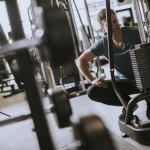
 Increase repetitions
Increase repetitions Focus on proper form
Focus on proper form
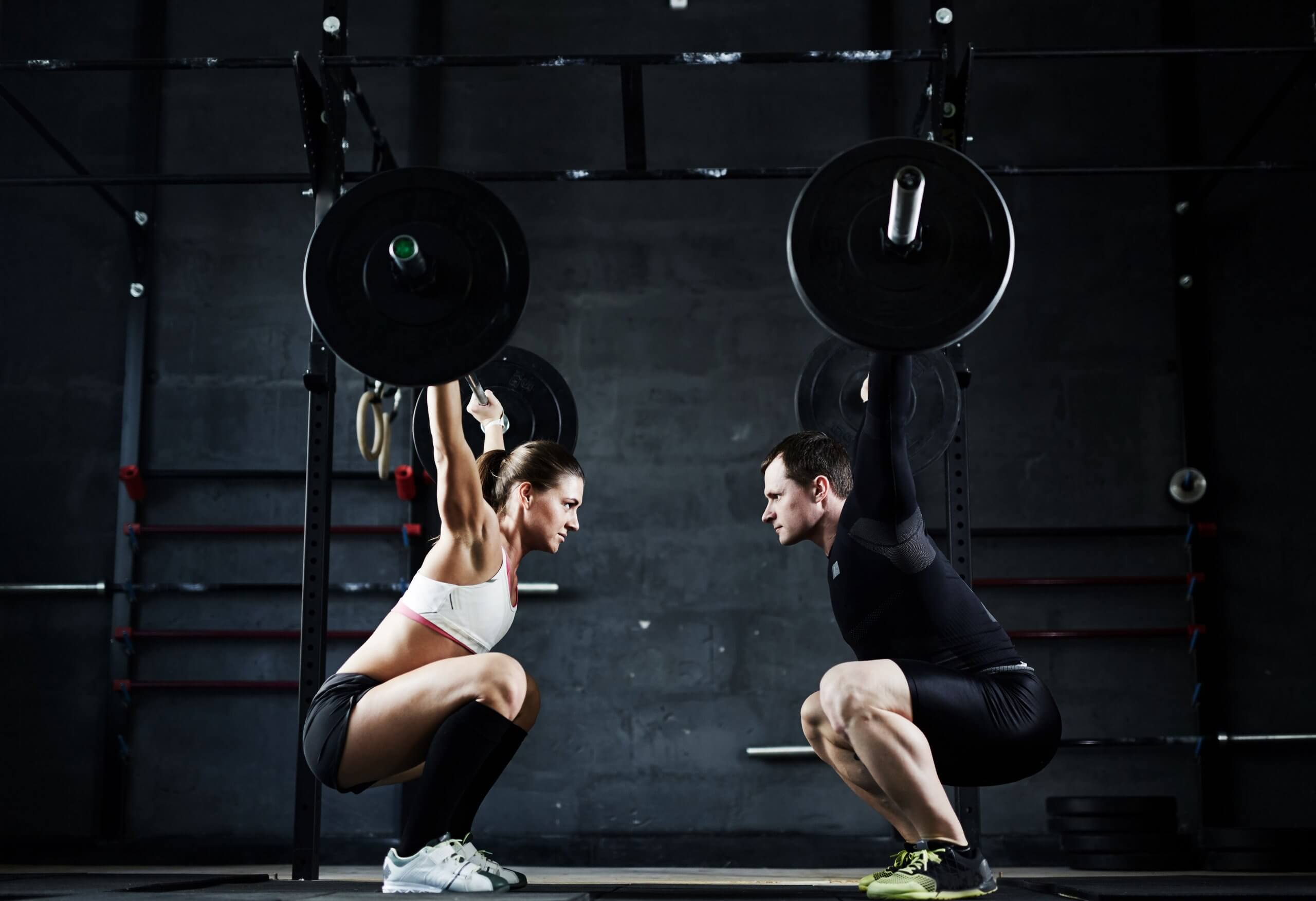

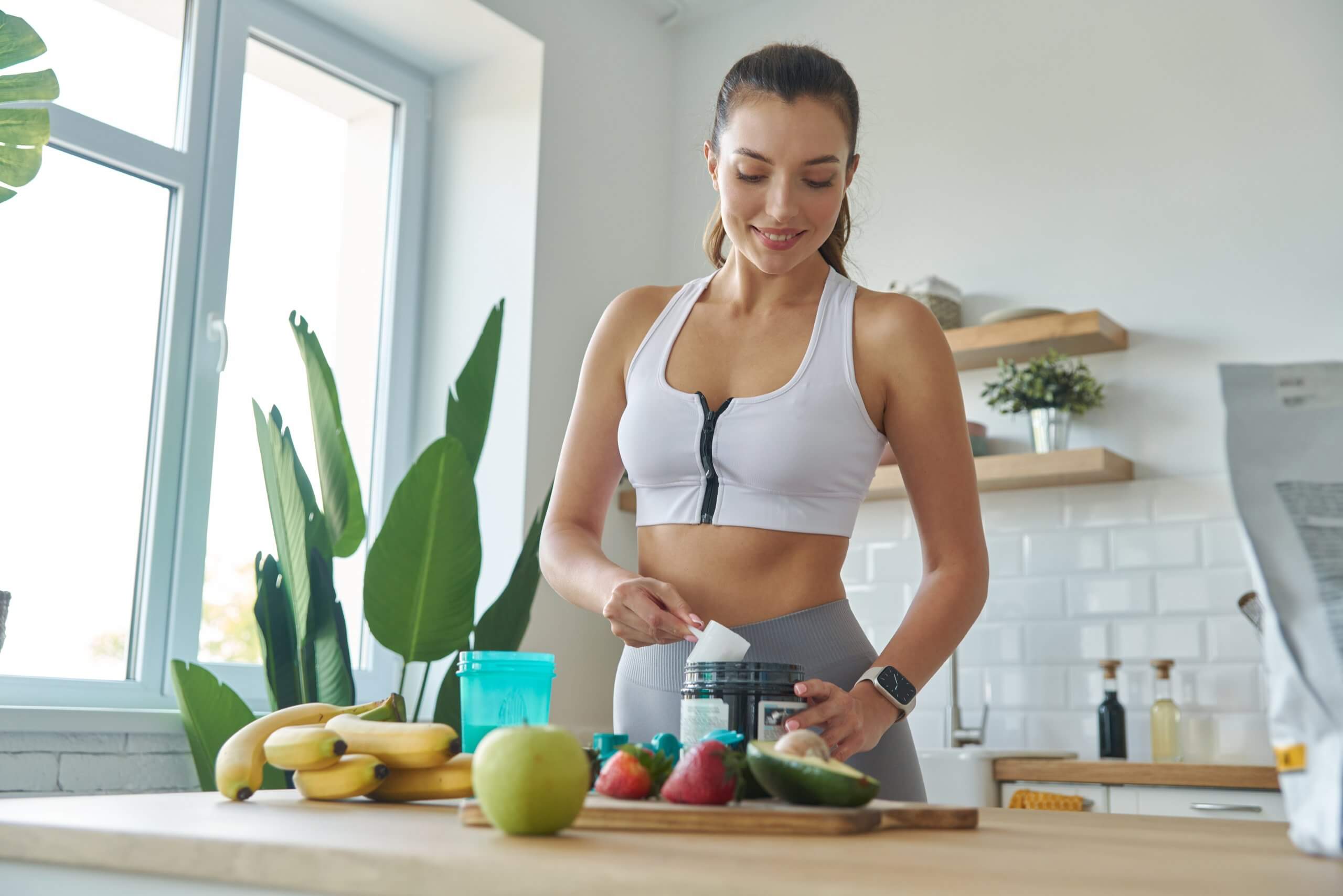

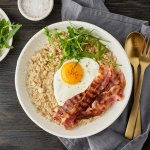
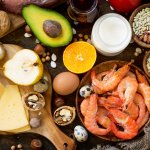 If you’re not a fan of large meals, you can still reach your protein goals by snacking throughout the day. Nuts and seeds are great high-protein snacks that are sometimes hard to incorporate into large meals – for instance; pumpkin seeds come in at about 9 grams per quarter cup, and almonds at 16 grams per half cup!
If you’re not a fan of large meals, you can still reach your protein goals by snacking throughout the day. Nuts and seeds are great high-protein snacks that are sometimes hard to incorporate into large meals – for instance; pumpkin seeds come in at about 9 grams per quarter cup, and almonds at 16 grams per half cup!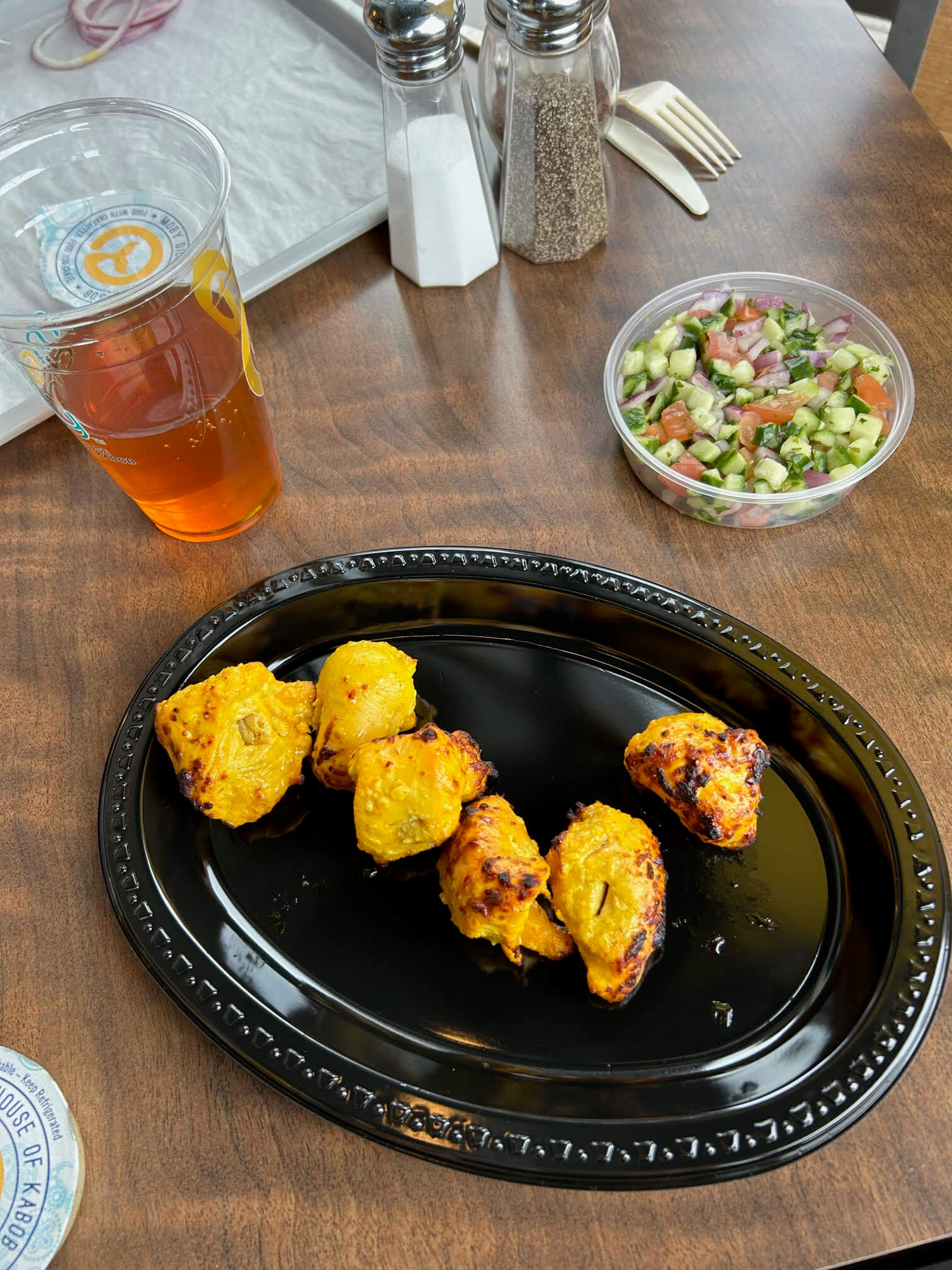
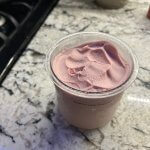
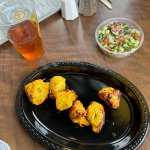 I went onto their website and found the
I went onto their website and found the